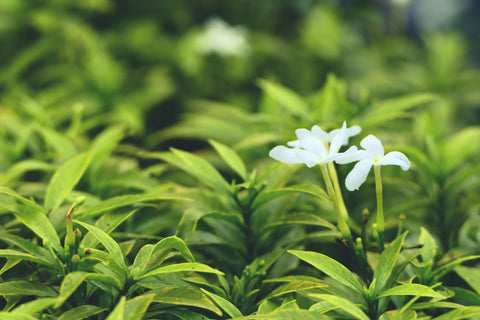White tea, often considered the jewel of teas, seduces with its delicacy, its subtle flavor and its health benefits. In this article, we will delve into the fascinating world of white tea, exploring its history, its manufacturing process as well as the different varieties that result from it.
History of White Tea
White tea has its origins in ancient China, where it was reserved for the imperial elite due to its rarity and prestige. It is said that white tea was discovered over a thousand years ago in the mountains of China's Fujian province. Its name, "white tea", comes from the thin layer of white down that covers young tea leaves when they are harvested by hand.
Over the centuries, white tea has grown in popularity and spread throughout the world, today becoming a beverage prized for its taste qualities and health benefits.
White Tea Manufacturing Process
The process of making white tea is characterized by its simplicity and respect for the tea leaf. Here are the main steps:
Harvesting Leaves:
White tea is made from the young buds and first leaves of the tea plant. These leaves are harvested by hand at the precise moment when they are at their peak of freshness.
Withering:
The freshly picked leaves are left to wilt gently in the open air. This process helps remove some of the moisture from the leaves, making them more pliable for later handling.
Drying:
The withered leaves are then gently dried in the sun or in special drying chambers. This process stops the oxidation of the leaves and preserves their natural color and flavor.
Sorting and Packaging:
Once dried, the leaves are sorted to remove impurities and obtain optimal quality. Finally, white tea is packaged in airtight packaging to preserve its freshness until consumption.
Varieties of White Tea
Although the process of making white tea generally remains the same, there are several varieties that stand out for their unique characteristics:
Silver Needle:
Considered the noblest variety of white tea, it is composed only of the most tender silver buds. It offers a sweet and floral flavor, with subtle notes of honey.
White Peony:
Made up of buds and young leaves, this variety has a fuller flavor than Silver Needle, with slightly woody notes and a lingering sweetness.
Tribute Eyebrow:
This variety, characterized by its long and thin leaves, offers a delicate and refreshing infusion, with floral and fruity aromas.
Gong Mei (Pie Eyebrow):
Less known than the previous ones, this variety is made from more mature leaves, offering a more robust infusion with earthy and woody notes.
The Health Benefits of White Tea
In addition to its taste qualities, white tea is renowned for its numerous health benefits. Due to its high content of antioxidants, particularly polyphenols, white tea can contribute to:
Strengthen the immune system: The antioxidants found in white tea can help strengthen the body's natural defenses against infections and disease.
Protect heart health: Studies suggest that regular consumption of white tea may help reduce the risk of cardiovascular disease by lowering cholesterol levels and improving endothelial function.
Promote skin health: The antioxidants in white tea can help protect the skin from free radical damage, contributing to healthier, younger-looking skin.
Support weight loss: Certain compounds found in white tea have been linked to increased metabolism and better body weight management.
White tea embodies the very essence of elegance and purity. Its rich history, meticulous manufacturing process and diverse varieties make it an exceptional drink to be savored and appreciated around the world. Whether you are a tea lover or a neophyte, let yourself be seduced by the subtle magic of white tea during your next tasting.



